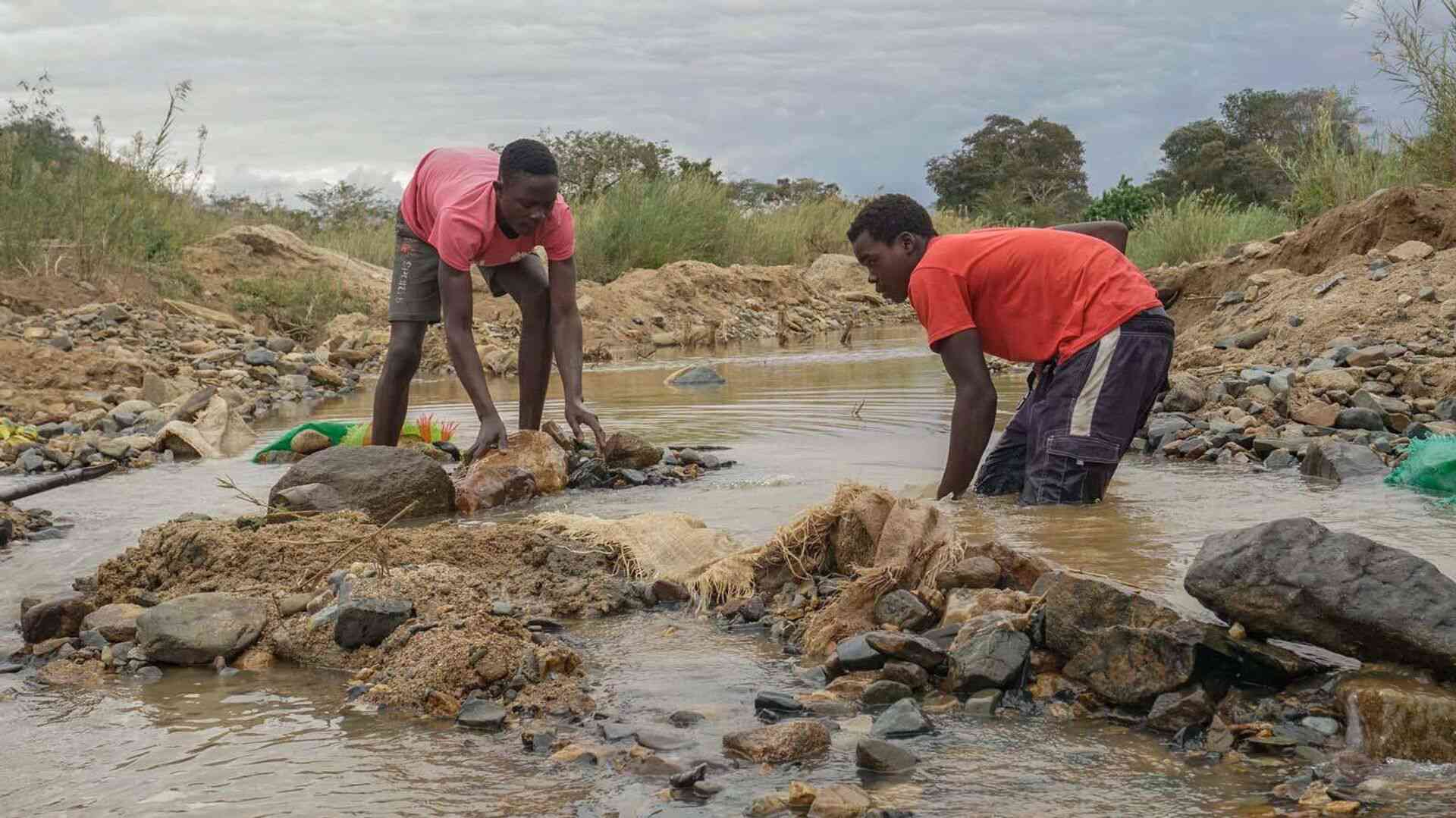
ZIMBABWE, like many countries, faces a myriad of environmental challenges. Among them, the destruction of wetlands is one that is often overlooked but has profound implications for climate change.
As we grapple with the realities of a warming planet, it is imperative to understand the role wetlands play in our ecosystem and how their destruction can exacerbate climate change.
Wetlands are among the most biologically diverse ecosystems on Earth, serving as critical habitats for a multitude of species.
They encompass a variety of environments, such as marshes, swamps, bogs, and fens, each supporting unique communities of flora and fauna.
Beyond their biodiversity, wetlands are pivotal in climate regulation, a role that has gained increased recognition in the context of global efforts to combat climate change.
Carbon sequestration and greenhouse gas mitigation
One of the most significant contributions of wetlands to climate regulation is their ability to act as natural carbon sinks. Wetlands sequester carbon dioxide (CO₂) from the atmosphere through the process of photosynthesis.
The vegetation in wetlands absorbs CO₂ and stores it in plant biomass and soil. This carbon storage is remarkably efficient; peatlands, a type of wetland, store more carbon per unit area than any other terrestrial ecosystem (Mitsch & Gosselink, 2015).
- COP26 a washout? Don’t lose hope – here’s why
- Out & about: Bright sheds light on Vic Falls Carnival
- COP26 a washout? Don’t lose hope – here’s why
- Out & about: Bright sheds light on Vic Falls Carnival
Keep Reading
The carbon sequestered in wetlands can remain trapped for thousands of years, thus playing a critical role in mitigating the impact of greenhouse gases, which are the primary drivers of climate change.
However, the drainage or destruction of wetlands can reverse this process, releasing significant amounts of CO₂ and methane (CH₄) back into the atmosphere, exacerbating global warming (Leifeld & Menichetti, 2018).
Therefore, the conservation and restoration of wetlands are essential strategies in the fight against climate change (Ramsar Convention on Wetlands, 2020).
Water regulation, climate adaptation
Wetlands also play a crucial role in water regulation. They act as natural sponges, absorbing excess rainfall and reducing the risk of floods.
This function is particularly important in urban areas, where wetlands can mitigate the impact of heavy rains and prevent flooding (Thorslund et al., 2017).
Conversely, during dry periods, wetlands release stored water, thereby alleviating drought conditions and maintaining water flow in rivers and streams (Junk et al., 2013).
The water regulation function of wetlands is increasingly vital in the context of climate change, which is expected to increase the frequency and severity of extreme weather events, such as heavy rainfall and prolonged droughts.
Wetlands can thus serve as buffers, enhancing the resilience of landscapes and communities to climate variability and extremes (Erwin, 2019).
The impact of building on wetlands
Despite their importance, wetlands in Zimbabwe are increasingly being encroached upon for urban development, agriculture, and other human activities. Building on wetlands disrupts their ability to function as carbon sinks.
When wetlands are drained or filled, the stored carbon is released back into the atmosphere as carbon dioxide, contributing to global warming.
Furthermore, the destruction of wetlands leads to the loss of their water regulation functions.
This exacerbates the impact of climate change by making communities more vulnerable to flooding and water scarcity.
In urban areas, the loss of wetlands can lead to the formation of heat islands, where temperatures are significantly higher than in surrounding rural areas, further contributing to climate change.
Harare, Zimbabwe's capital, provides a stark example of the consequences of building on wetlands. Once home to extensive wetland areas, Harare has seen significant wetland loss due to urban expansion.
The city's wetlands, including those in areas like Borrowdale and Marlborough, have been drained to make way for residential and commercial developments.
The consequences have been severe. Harare now faces increased flooding during the rainy season, leading to property damage and displacement of residents.
During dry spells, the city struggles with water shortages, affecting both households and industries.
The degradation of wetlands has also contributed to the urban heat island effect, making Harare warmer and more susceptible to the health impacts of extreme heat. The following are high-level recommendations:
Recognising the value of wetlands
As mentioned earlier, wetlands play a crucial role in the ecosystem by providing numerous ecological services such as water purification, flood protection, and carbon sequestration.
This makes wetlands significant in the fight against climate change.
The recognition of the value of wetlands is essential for their protection and restoration.
Policies should be enacted to safeguard these vital ecosystems from degradation and destruction.
Restoration efforts not only help in sequestering carbon but also in enhancing biodiversity and improving water quality.
Incorporating green spaces in planning
Urban planning must integrate green spaces and avoid the encroachment on wetlands to foster sustainable cities.
Green spaces, including parks, green roofs, and urban forests, provide critical ecosystem services such as reducing the urban heat island effect, improving air quality, and enhancing urban biodiversity (Kabisch et al., 2017).
Additionally, green spaces offer recreational opportunities and improve the mental health and well-being of urban residents.
The inclusion of wetlands in urban planning helps in managing stormwater, reducing flood risks, and maintaining ecological balance.
Sustainable agricultural practices
Agriculture must adopt practices that preserve wetland ecosystems.
Traditional agricultural practices often lead to wetland degradation through drainage, pollution, and land conversion.
Sustainable agricultural practices, such as agroforestry, conservation tillage, and the use of buffer strips, can help in preserving wetlands while maintaining agricultural productivity (Morris et al., 2019).
These practices reduce nutrient runoff, enhance soil health, and promote biodiversity, thereby contributing to the overall health of wetland ecosystems.
Community education, collaboration
Educating communities about the importance of wetlands and their role in climate regulation is crucial.
Public awareness campaigns and educational programmes can inform people about the ecological, economic, and social benefits of wetlands.
Local governments, non-governmental organisations (NGOs), and environmental activists need to collaborate to enforce regulations that prevent wetland destruction and promote sustainable land use.
Effective enforcement of environmental regulations, coupled with community involvement, can significantly enhance the protection and restoration of wetlands (Gardner & Davidson, 2020).
- Dzingai is an active social scientist, who is deeply committed to fostering resilient communities. — [email protected]. These weekly New Horizon articles, published in the Zimbabwe Independent, are coordinated by Lovemore Kadenge, an independent consultant, managing consultant of Zawale Consultants (Pvt) Ltd, past president of the Zimbabwe Economics Society and past president of the Chartered Governance & Accountancy Institute in Zimbabwe (CGI Zimbabwe). — [email protected] or mobile: +263 772 382 852.











